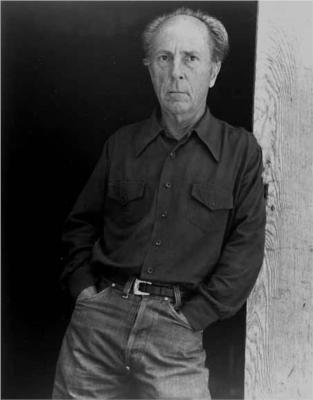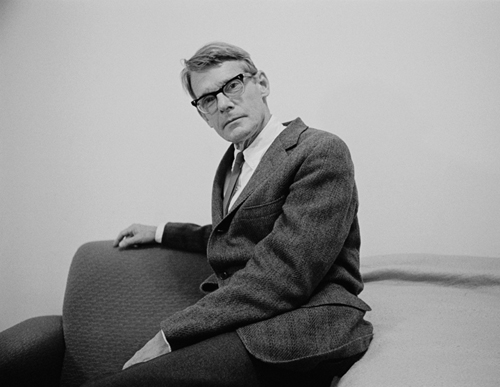The term “rural landscape” describes the diverse portion of the nation’s land area not densely populated or intensively developed. Landscape photography is a type of photography that captures the beauty of nature, bringing the viewers into the scenery, setting, and mood in these outdoor locations. Landscape photographs also typically capture the presence of nature but can also focus on man-made features or disturbances of landscapes. Landscape photography is done for a variety of reasons. Perhaps the most common is to recall a personal observation or experience while in the outdoors, especially when travelling.
Edward Weston
Edward Weston was an American photographer between 1886 – 1958. Weston began to make photographs in Chicago parks in 1902, and his works were first exhibited in 1903 at the Art Institute of Chicago. Three years later he moved to California and opened a portrait studio in a Los Angeles suburb. In the 1930s, Weston and several other photographers, including Ansel Adams, Imogen Cunningham, and Willard van Dyke, formed the f/64 group, which greatly influenced the aesthetics of American photography.
In 1937, Weston received the first Guggenheim Fellowship awarded to a photographer, which freed him from earning a living as a portraitist. The works for which he is famous–sharp, stark, brilliantly printed images of sand dunes, nudes, vegetables, rock formations, trees, cacti, shells, water, and human faces are among the finest of 20th-century photographs.
Weston made his last photographs at his beloved Point Lobos, California, during the decade from 1938 to 1948, 1948 being the year he was stricken with Parkinson’s disease. Point Lobos was only one of his subjects, though he returned to it again and again. His career spanned crucial years in American photography, and a restless pursuit of his art created a body of work that ranged over nudes, still lives, industrial scenes, portraiture, landscapes, and any other subject that touched his visual imagination.

Eliot Porter
Eliot Porter was an American photographer known for his richly coloured images of the natural world. his interest in nature was fostered by his family from a young age. He began photographing his family’s island property as a youth in Maine, before going on to study chemical engineering at Harvard University. After graduating in the mid-1930s, his brother the painter and art critic Fairfield Porter encouraged his latent interest in photography and arranged introductions for him with both Ansel Adams and Alfred Stieglitz.

In the early 1940s, after having committed to pursuing a career in photography, he moved from traditional black and white film to the new Kodachrome colour film used by magazine photographers. Throughout the following decades, he published a number of photography books, including In Wildness Is the Preservation of the World (1962), capturing the disappearing wilderness of America as well as the Galápagos Islands, Antarctica, and East Africa.
Throughout Porter’s career, he travelled and photographed locations of cultural and ecological significance. Among the locations that he photographed were Utah, California, Maine, Antarctica, Iceland, East Africa, Mexico, Egypt, China, Greece, and Czechoslovakia.
Image Analysis

I have selected this photo as I think that even thought its just sand dunes there are many different components to lookout throughout the photo. As you can see in the foreground there’s different dips and ripples in the sand that has probably be made my the wind which contrasts to the smoother sand in the background on the higher sand hills. I like how it seems the different textures in sand slowly decrease as you look further into the photo, for example in the very front theirs different lines which kind of looks like veins or roots that have appeared in the sand, here there is minimal shadowing and if their is any its more grey then a harsher black which is what is in the background. Towards the back of the sand dunes they are smooth like they have been untouched for years, but there is a dip in the sand which is facing away from the sun so it causes the shadow to be a deep black which immediately draws everyone’s eyes to it because its the darkest shade in the photo.



















